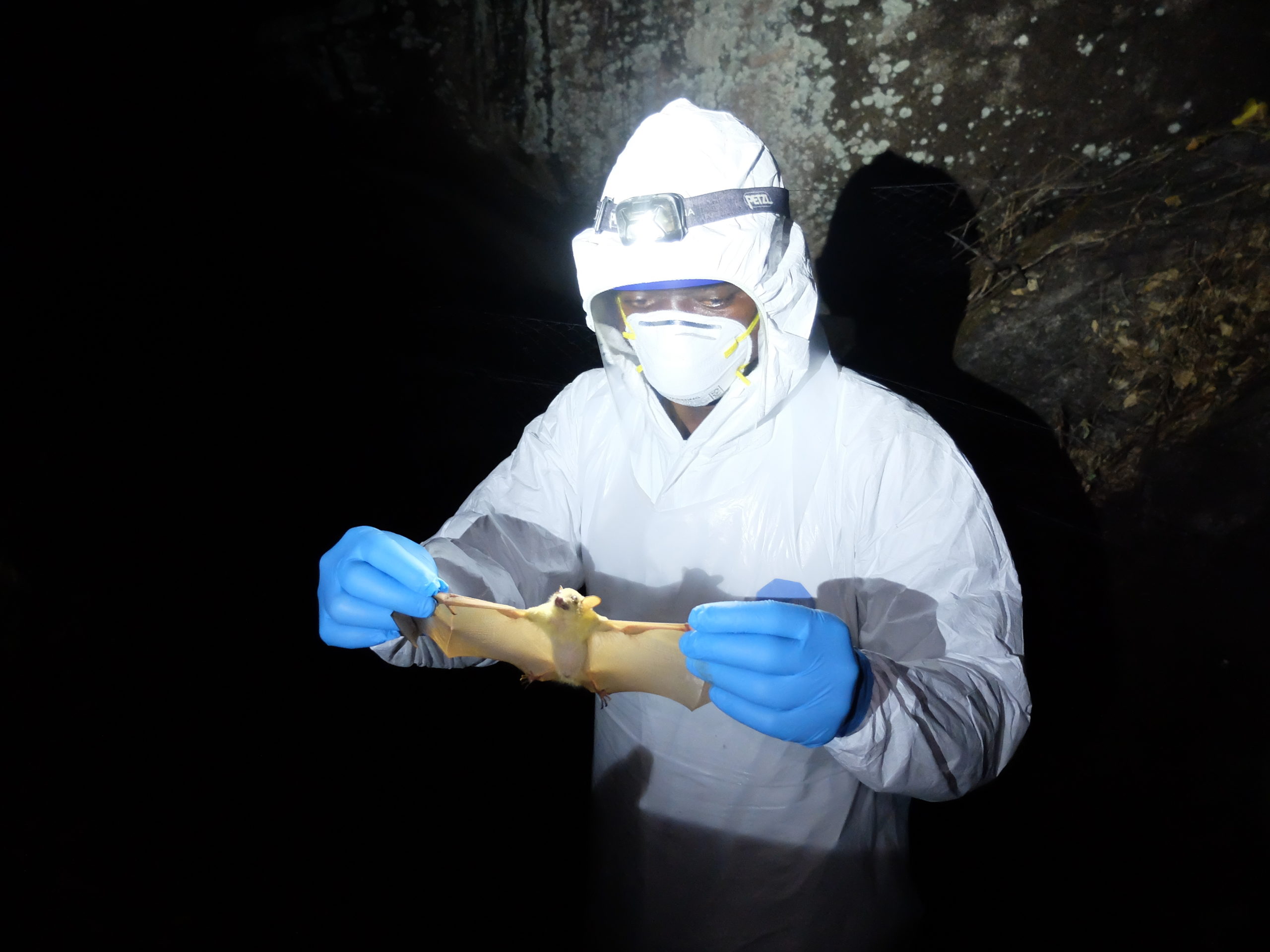Ping Yu et al., “Geographical Structure of Bat SARS-Related Coronaviruses,” Infection, Genetics, and Evolution, no. 69 (April 2019): 224–29.
Anna Lowenhaupt Tsing, Friction: An Ethnography of Global Connection (Princeton University Press, 2005), 75–76.
David Hardiman, “The Influenza Epidemic of 1918 and the Adivasis of Western India,” Social History of Medicine 25, no. 3 (August 2012): 644–64.
Howard Phillips and David Killingray, “Introduction,” in The Spanish Influenza Pandemic of 1918–19, ed. Phillips and Killingray (Routledge, 2011), xvii–xix; 8.
Rashmi Varma, “Primitive Accumulation: The Political Economy of Indigenous Art in India,” Third Text 27, no. 6 (December 2013): 748–61.
See Jeremy Eccles, “On & Off in Aboriginal Art,” Aboriginal Art Directory, April 6, 2020 →.
These parallels have recently been explored in an exhibition called “Stories and Structures,” presented by Microscopy Australia →.
John Dupré and Stephan Guttinger, “Viruses as Living Processes,” Studies in History and Philosophy of Science Part C: Studies in History and Philosophy of Biological and Biomedical Sciences, no. 59 (October 2016): 109–16.
Priscilla Wald, Contagious: Cultures, Carriers, and the Outbreak Narrative (Duke University Press, 2007), 2.
Acknowledgements: The Visualizing the Virus project was funded by DARIAH EU and the Critical Media Lab, IXDM, Basel. A few months in, I was joined by Ellen Ambrosone, the South Asia librarian at Princeton University, to steer the project. We worked with Lizzie Malcolm (Rectangle Design) to design the digital architecture in a way that allowed clusters of information to link themes and geographies in multiple ways. More information on the project and team can be found at visualizingthevirus.com.
